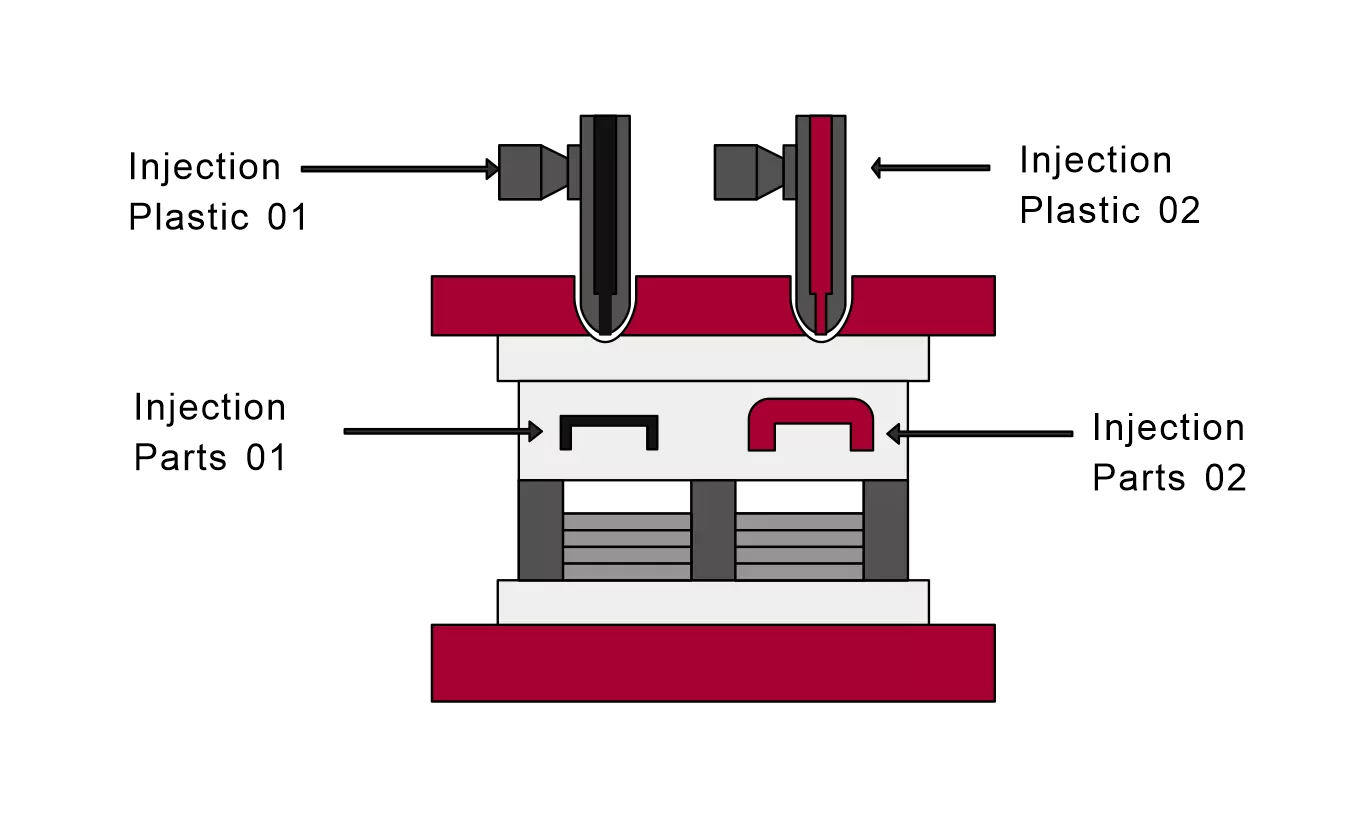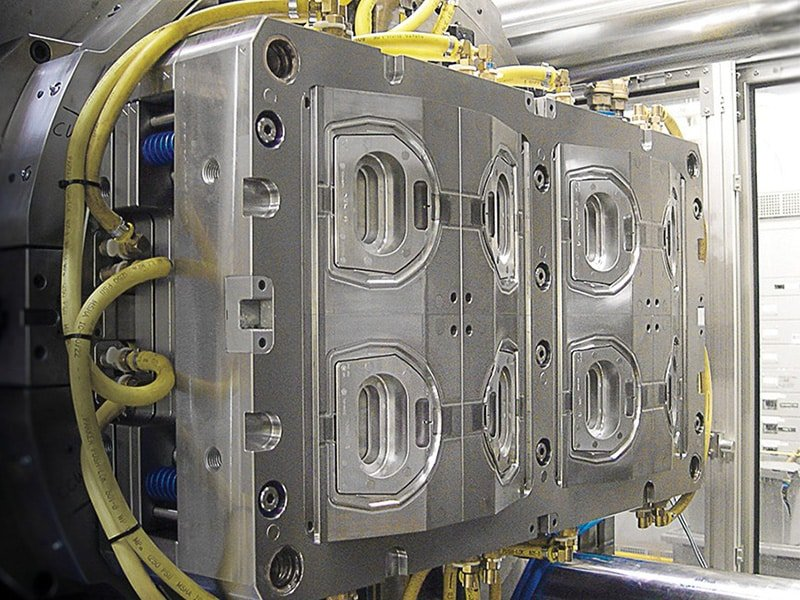Double injection molding (also known as two-shot molding) is gaining traction across industries for its ability to produce complex, multi-material components in a single manufacturing cycle. This advanced technique allows manufacturers to combine different polymers—such as rigid and flexible plastics—into a single integrated part, eliminating the need for secondary assembly.
The process involves injecting a first material into a mold, followed by a second material that bonds seamlessly with the initial layer. This method is widely used in automotive, medical devices, consumer electronics, and wearables, where durability, ergonomics, and aesthetic appeal are critical.
Key advantages of double injection molding include:
-Enhanced product functionality (e.g., soft-touch grips on hard plastic tools)
-Reduced production costs by minimizing assembly steps
-Improved structural integrity compared to glued or welded parts
-Greater design flexibility for intricate geometries
Recent advancements in mold design and material compatibility have expanded the possibilities for double injection molding. Manufacturers are now experimenting with thermoplastic elastomers (TPEs), silicone, and engineered resins to create innovative hybrid components.
As industries demand more sophisticated, high-performance products, double injection molding is set to play a pivotal role in next-generation manufacturing.
Post time: Jul-03-2025






